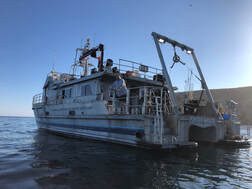 Channel Island National Marine Sanctuary's research vessel "Shearwater" sits at anchor on SBI Channel Island National Marine Sanctuary's research vessel "Shearwater" sits at anchor on SBI It's been a long summer and fall for field biologists; COVID has all but shut down NOAA's diving operations, but my office (Channel Islands National Marine Sanctuary) was able to get special permission to go to Santa Barbara Island to service some equipment that we have out there. About two years ago (before I joined the Sanctuary), people in my lab anchored 18 acoustic receivers to moorings on the bottom of seafloor all around Santa Barbara Island. Each receiver "listens" for tags that we can put in all sorts of [large] animals. Every six months we need to go back to the island, and dive down to the moorings so we can bring the receivers back to the boat, download the data, and swap the batteries so we can listen for another six months! Well, it's been a year since we were able to get back out there. Many of the receivers were harder to find than usual, but we were able to recover almost all of them! As part of this same project, my team and I are investigating the movement and behaviour of the giant black sea bass (Stereolepis gigas). Giant is an understatement! These fish-eating fish can grow up to 7ft long and weigh upwards of 700lbs! They're very curious when divers are in the water, and since we know where they like to be (thanks to the receiver data) finding more fish to tag isn't as hard as it used to be. At least around SBI. For this trip I was able to SCUBA dive, and "pilot" a small Remotely Operated Vehicle (ROV) to observe the fish's behaviour around the "bait trap" (a small amount of cut up fish in thick plastic mesh attached to the anchor line). The smell of the fish attracts the bass, who generally let us get close enough to place the acoustic tags. The fish are essentially armor-plated due to their thick skin, so placing the sensor is easier said than done! Since we don't always know what the fish are up to (or even if they're in the neighborhood) after we deploy the bait trap, the ROV allows us to get a glimpse into their behaviour before divers get in the water. As you can see in the video, these fish are curious! And the receiver data allow us to understand what the fish are up to when we're not in the water. Stay tuned, this is an ongoing study!
In the meantime, check out this talk I recorded for the 2020 Western Society of Naturalists conference (Nov 6-9th)
0 Comments
|
AuthorPike Spector is currently a Research Operations Specialist with Channel Islands National Marine Sanctuary Archives
August 2022
Categories |
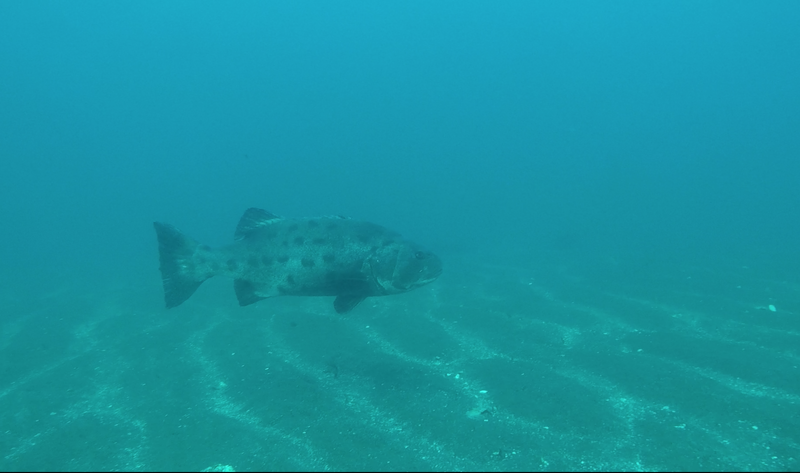
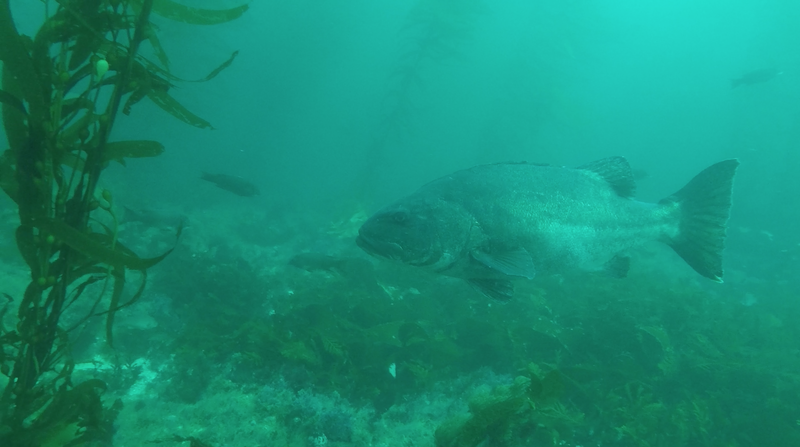
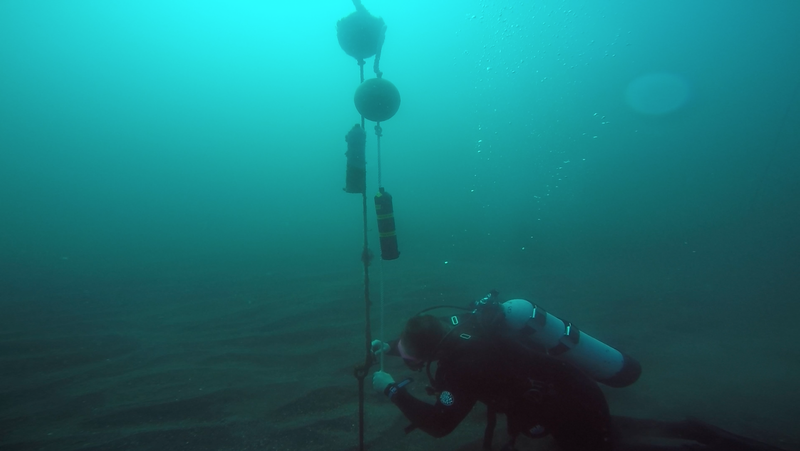
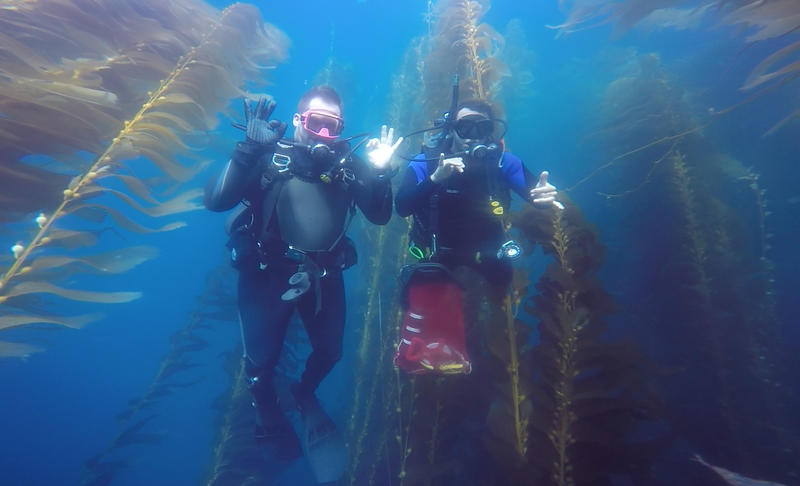
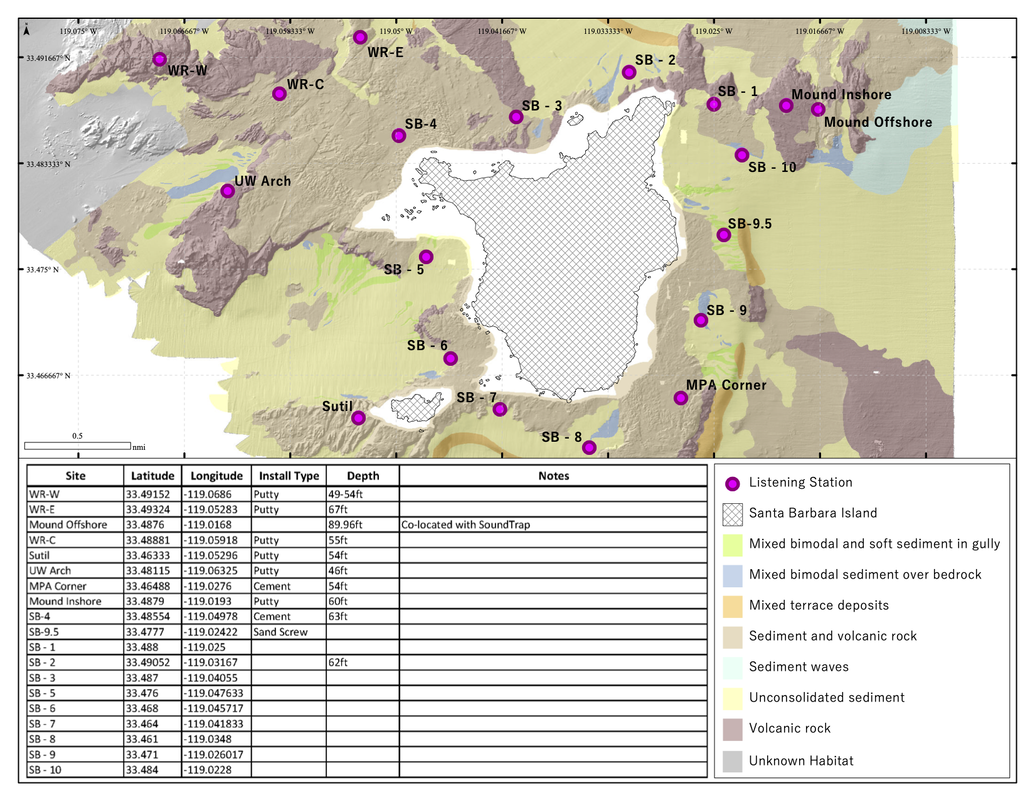
 RSS Feed
RSS Feed
